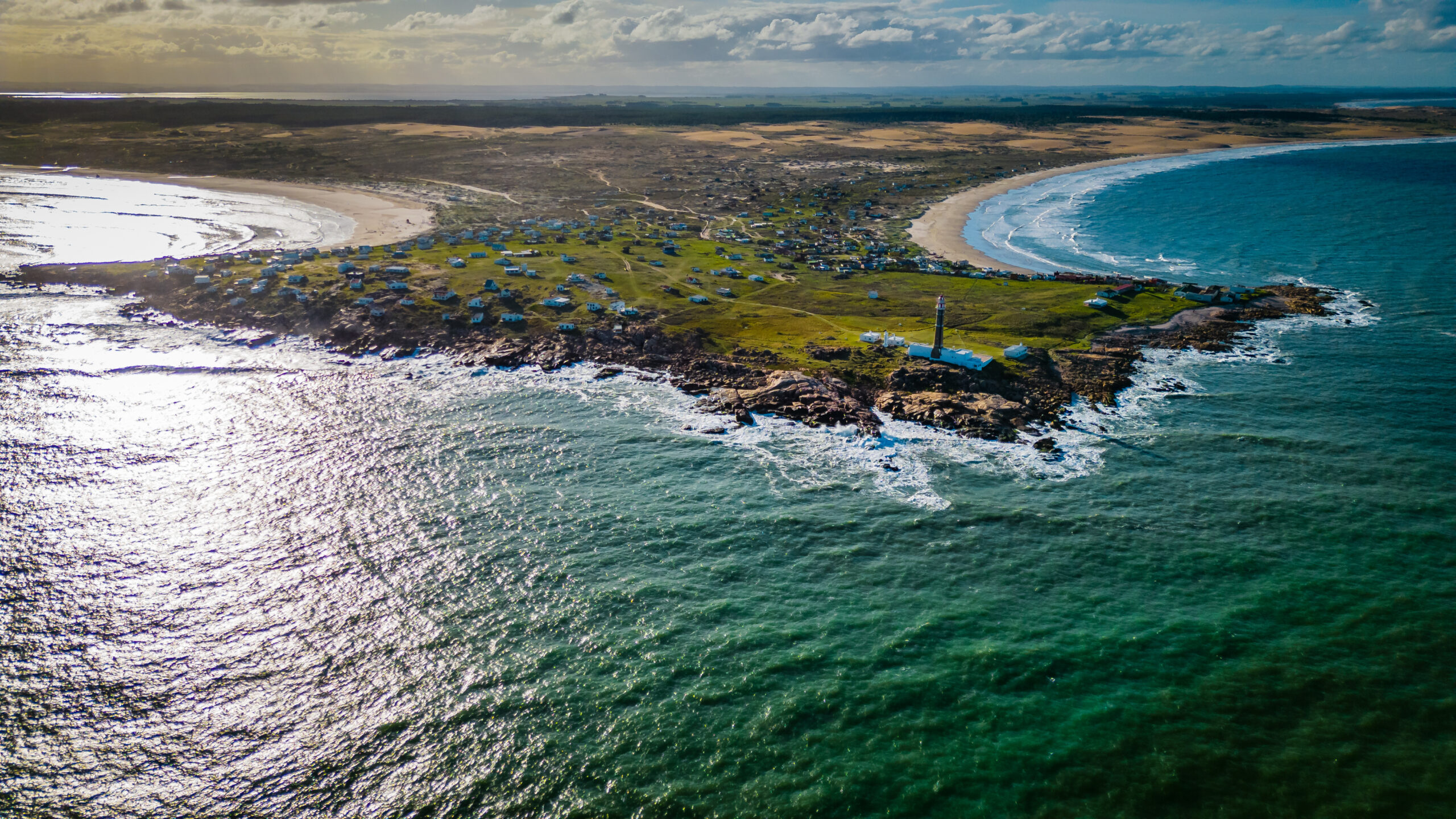High LNG prices may slow rapid Asia demand growth
A new report says that high prices may accelerate downward pressures on LNG demand, clouding long-term industry outlooks.

High prices for LNG are creating demand destruction in China, South Asia and Southeast Asia, even though these regions have been projected to drive demand growth for the super-cooled fuel through the rest of the decade.
On Friday, the average LNG price for September delivered to Asia, which represents around two-thirds of global LNG demand, was estimated at $48/MMBtu, up $3 or 6.7%, from the previous week, according to a Reuters report.
Average prices for October delivery were even higher, estimated at $51/MMBtu, which exceeded Reuters estimated levels seen in December at just over $48/MMBtu.
Early this year, spot LNG prices in Asia breached the cost prohibitive $80/MMBtu price point, before paring gains and settling in the $20s/MMBtu and $30s/MMBtu range. However, those prices are still high enough to cause gas to oil switching in the region, a reversal of the usual oil to gas pivot that’s needed to help the region reduce its carbon emissions.
A new Institute for Energy Economics and Financial Analysis (IEEFA) report released on August 15 says that high prices may accelerate downward pressures on LNG demand, clouding long-term industry outlooks.
Sustained high LNG prices over the past year are eroding the economic case for LNG, while hurting sales of the fuel in key Asian markets, the report finds.
“Less than one year into higher prices, LNG markets are already seeing a major realignment of demand away from Asia,” according to Sam Reynolds, author of the report. “Should price spikes and volatility continue over the next several years, downward pressures on Asian LNG demand may accelerate, permanently impairing long-term regional demand growth.”
“Financiers and investors in new LNG projects must take note,” he adds.
Demand in Asia could fall even further as competition for limited supply intensifies during the winter heating season, according to the IEEFA report. Multiple countries have already withdrawn or been forced out of LNG spot markets altogether.
In China and India, two of the largest potential LNG growth markets, LNG imports have fallen 20% and 10% year-over-year, respectively.
China, for its part, overtook legacy LNG import leader Japan during the first 10 months of 2021, according to a U.S. Energy Information Administration (EIA) report, only to hand that lead back over the past few months as Chinese utilities trim procurement of the fuel since they are prohibited by law to pass the full brunt of these higher prices on to end users.
Unpredictable weather events
Russian pipeline gas disruption into Europe, outages at several LNG liquefaction facilities, and increasingly unpredictable weather events could also place even more constraints on already tight global LNG markets, the IEEFA report finds.
Reynolds sees exorbitant prices and unreliability of [gas] supply as undermining industry-driven narratives that LNG is a viable ‘bridge fuel’ from coal. “Continuous demand growth at persistently high prices will likely prove fiscally unsustainable for emerging markets,” he adds.
This in turn is causing agencies to cut estimates for Asia’s medium-term LNG demand growth. The Paris-based International Energy Agency (IEA) sees Asian gas demand growth through 2025 at 65 bcm less than its 2021 forecast.
Bloomberg New Energy Finance has cut its forecast for LNG demand in South and Southeast Asia by 37 bcm in 2025.
These two regions had pegged much of their plans to pivot away from dirtier burning coal needed for power generation to LNG, while also proposing numerous gas to power projects. Now, those plans are being re-evaluated.
Gas when used for power generation emits on average 60%-70% less carbon emissions than coal, according to the EIA.
The IEEFA report adds that unaffordability of LNG and fuel supply insecurity may cause new import terminals to go unused, potentially costing billions of dollars in stranded assets.
“As long as unaffordable LNG prices and procurement challenges continue, $96.7 billion of proposed LNG-related infrastructure projects in Pakistan, Bangladesh, Vietnam, and the Philippines will face a heightened risk of underutilization or cancellation,” it finds.
Alternative energy sources
Vietnam, one of Southeast Asia’s hottest spots for LNG development, has readjusted its LNG import plans in lieu of trying to develop more of its own natural gas resources in its 200 nautical mile exclusive economic zone (EEZ) in the South China Sea.
While many analysts are forecasting that Asian LNG demand growth will recover to pre-crisis levels once prices settle and new supplies come online, the IEEFA argues that might not develop as countries in the region are rapidly developing alternative energy sources that could permanently dent regional LNG demand growth.
Some of these replacement fuel sources needed for power generation include solar and wind. China, for example, is on pace to deploy 120 GW of new renewables capacity this year, some 40% higher than the previous five years, the report says, while Pakistan and Bangladesh have begun to explore domestic alternatives, including renewables and indigenous gas resources.
Other countries in the region, like the Philippines, are facing delays in LNG construction, while Thailand is “facing a perfect storm: high LNG prices, combined with declining domestic gas production and pipeline imports, causing some of the highest gas and power prices ever.”



